Over the last year, our team has published a collection of articles covering a wide variety of topics related to indoor agriculture and cannabis cultivation. Our goal for this blog is to use our expertise to provide a free resource available to the public in an effort to improve our industry. As we head into the new year, let’s revisit our 10 most-viewed blog posts from 2022.
While our bread and butter lies in commercial-scale facility engineering and design (from craft to 100k SF+ canopies), we enjoy getting back to the basics occasionally. Unsurprisingly, many of the articles in our Cannabis Best Practices series are ranked here. But a deeper look at the list below reveals trending topics such as temperature and humidity control, mold prevention, and increasing yields.
Our top 10 articles of 2022:
- Forcing Cannabis to Flower
- 4 Ways to Trick Your Cannabis Plants into Making Bigger Buds: Good and Bad Stress
- Mold vs. Trichomes: How To Tell Them Apart
- Cannabis Veg Room Design
- Ideal Grow Room HVAC Temperature and Humidity for Cannabis
- Cannabis Nursery Room Design
- Grow Room Ventilation: The Pros and Cons of Positive vs Negative Air Pressure
- Topping Cannabis Plants
- Good Manufacturing Practices (GMPs) for Cannabis HVAC
- How to Prevent Mold Infestations in Cannabis Grow Rooms
#10: How to Prevent Mold Infestations in Cannabis Grow Rooms
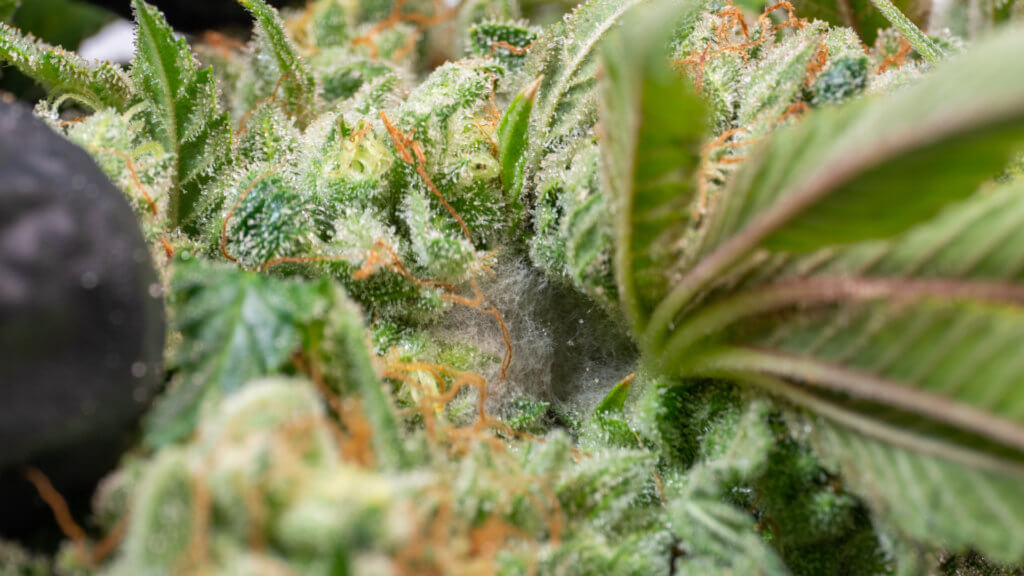
The best way to prevent mold outbreaks in your grow rooms is to maintain a consistent environment and follow certain best practices. Let’s discuss how humidity spikes and other factors can contribute to the risk of moldy cannabis, how to identify a mold problem in your plants, and how to mitigate the risk of mold.
Read More: How to Prevent Mold Infestations in Cannabis Grow Rooms
#9: Good Manufacturing Practices (GMPs) for Cannabis HVAC

GMP refers to a system of manufacturing that guarantees reproducibility of product quality to set specifications. GMPs are not only becoming increasingly required of the cannabis industry, but are also a timeless and proven tool that allows businesses to position themselves for long term success.
Let’s examine how GMP compliance and proper HVAC design relate.
Read More: Good Manufacturing Practices (GMPs) for Cannabis HVAC
#8: Topping Cannabis Plants
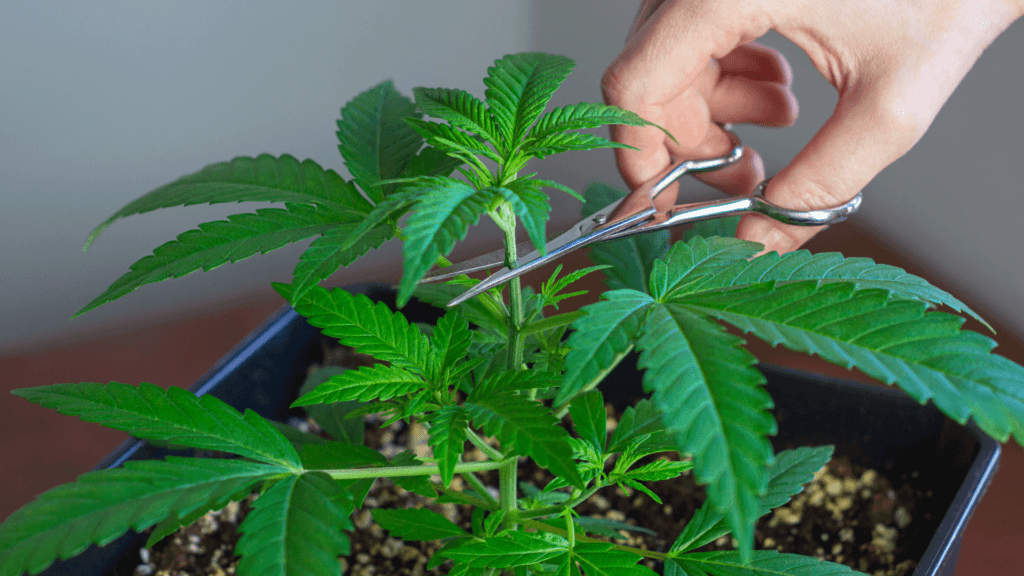
Growers can choose from a variety of plant training techniques to achieve desired results in their plant’s growth. Some common techniques like pruning, topping, and fimming can allow you to manipulate the height and shape of cannabis.
But what is “topping” and how can it help your plants? In this article, we’ll discuss why some growers choose to top their plants as well as industry tips on how to do so safely and effectively.
Read More: Topping Cannabis Plants
#7: Grow Room Ventilation: The Pros and Cons of Positive vs Negative Air Pressure

Pressurized rooms are often designed for use in clinical settings as they can be helpful in quarantining infected or immunocompromised patients. When faced with challenges of contamination and odor control, some indoor growers have adopted similar pressurized ventilation methods, manipulating positive and negative pressure to protect their grow spaces.
Let’s dive into grow room air pressure and ventilation and what may work for you.
Read More: Grow Room Ventilation: The Pros and Cons of Positive vs Negative Air Pressure
#6: Cannabis Nursery Room Design
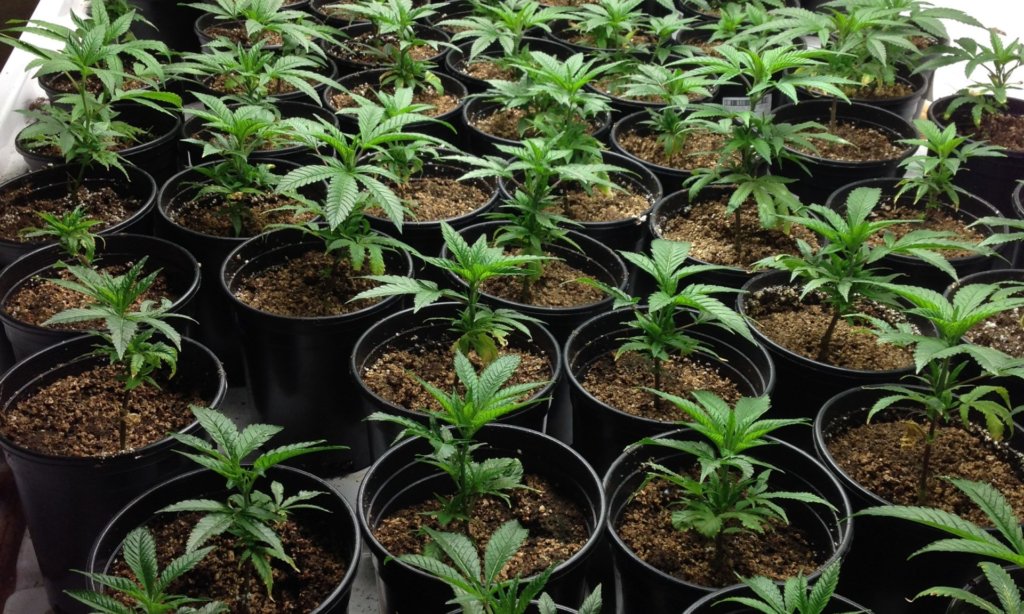
This is where the growth cycle begins, regardless of what you call it; the nursery, clone room, or propagation room. Here, seedlings or trimmings are cultivated until they are established enough for veg.
The ultimate goal of the nursery room is to force fast, robust growth and root development without causing damage. Discover best practices for initial set-up and starting your cannabis grow in this complete guide.
Read More: Cannabis Nursery Room Design
#5: Ideal Grow Room HVAC Temperature and Humidity for Cannabis
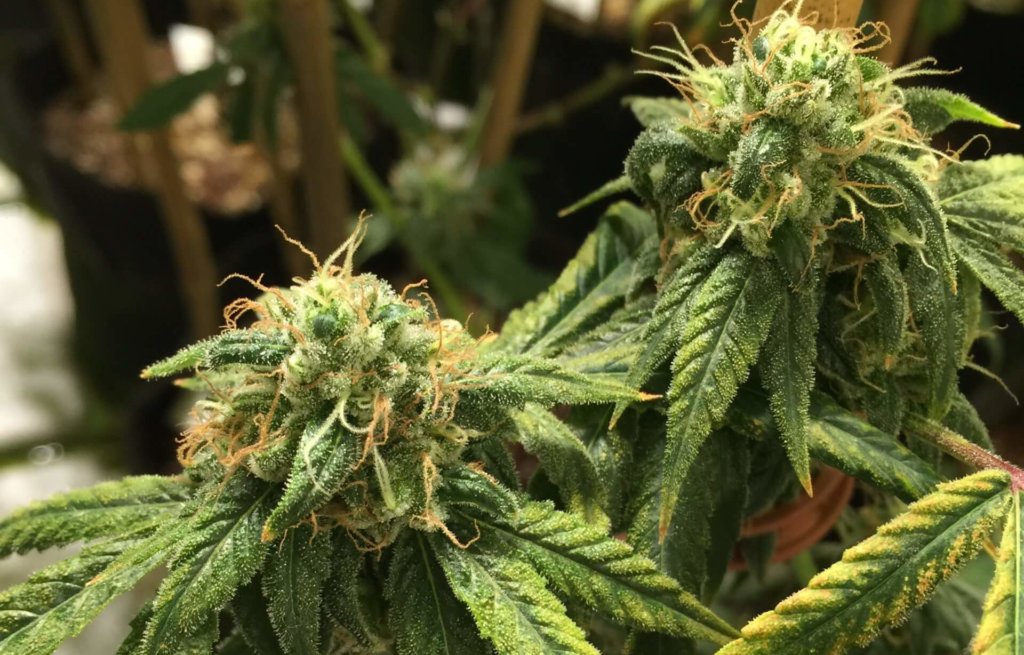
While every grower has their own preferences and faces a multitude of variables that may impact the best climate to achieve your intended quality, yield, odor, potency, and color, there are humidity and temperature ranges that are generally accepted.
Let’s identify these ranges at each stage of cannabis growth, and discuss some of the key components of maintaining cannabis grow room environments.
Read More: Ideal Grow Room HVAC Temperature and Humidity for Cannabis
#4: Cannabis Veg Room Design
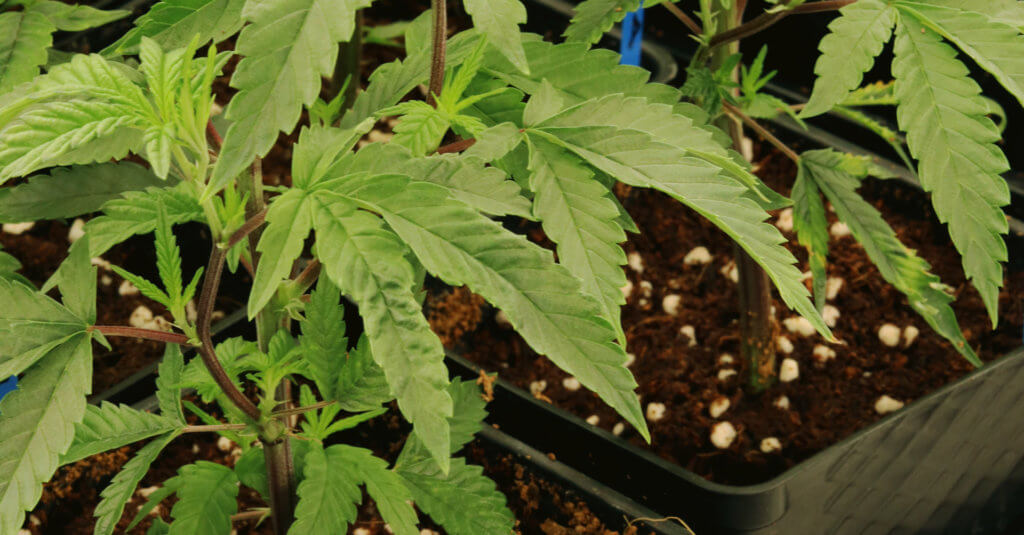
The Veg Room is where baby plants from the nursery become teen plants. They are grown to maturity before being moved into the flower room. The majority of the cannabis plant’s leafy growth and elongation will occur in veg. However, stretching will continue for 2-3 weeks into a 12/12 photoperiod (flower) where they’ll grow another 30% in size before shifting energy to flower mass production.
That kind of growth is what makes designing your veg rooms properly so vital to your operation.
Read More: Cannabis Veg Room Design
#3: Mold vs. Trichomes: How To Tell Them Apart
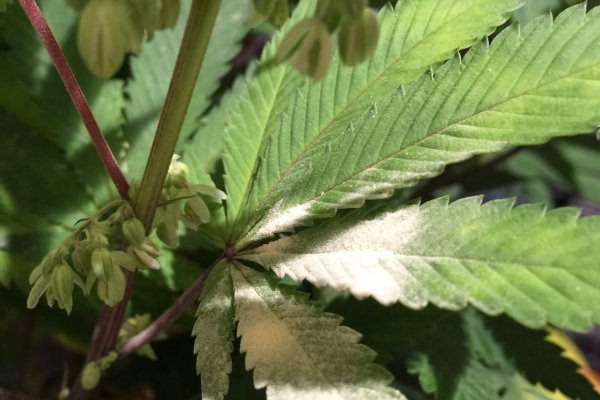
Moldy marijuana is a serious problem, but to the untrained eye, it can be tricky to tell the difference between a nasty fungus and THC-rich trichomes. Moldy and high-quality buds can both develop a coating of white dots. However, you can spot the difference upon closer visual inspection.
Read More: Mold vs. Trichomes: How To Tell Them Apart
#2: 4 Ways to Trick Your Cannabis Plants into Making Bigger Buds: Good and Bad Stress
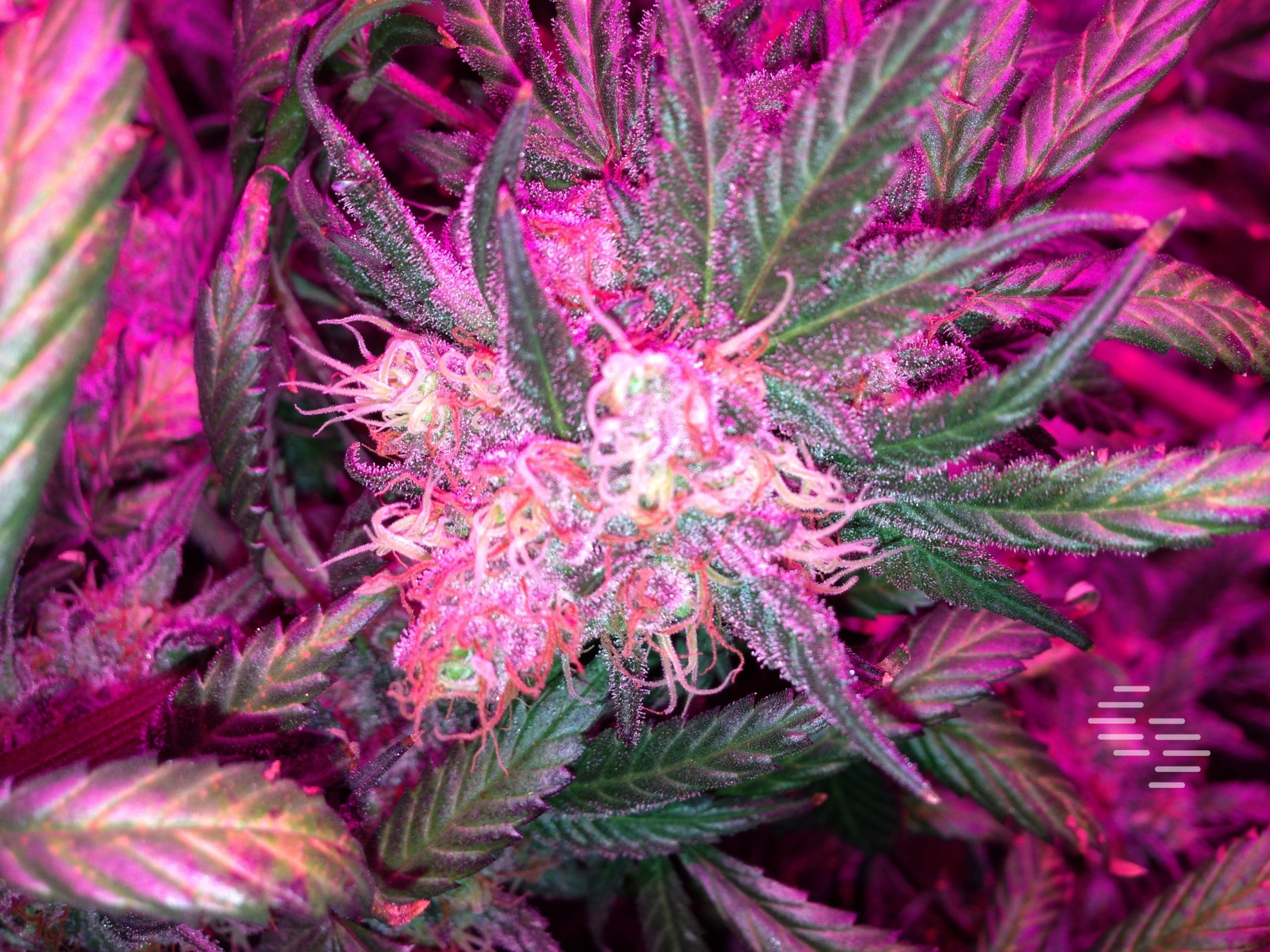
Not all stress is bad. In fact, some types of stress can push cannabis plants to work harder to produce bigger buds. It’s important to understand your limits, however, and to know how to protect your crop from unhealthy stress.
Cannabis responds to stress similarly to humans. Good stress causes the plant to work harder to achieve a desirable goal. Bad stress, however, is counterproductive to growth and could ultimately kill the plant. As such, it is important for you to maximize the use of good stress and minimize the introduction of bad stress.
Read More: 4 Ways to Trick Your Cannabis Plants into Making Bigger Buds: Good and Bad Stress
#1: Forcing Cannabis to Flower
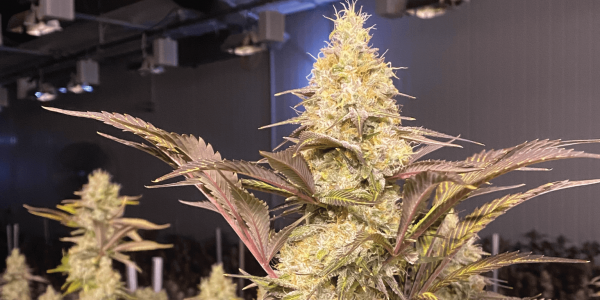
What causes cannabis plants to flower? Any successful cannabis cultivator must know the answer to this question in order to generate revenue from a crop. Alternatively, the reverse knowledge, how to prevent cannabis plants from flowering, must be used to keep a Mother plant in a perpetual veg state.
By controlling light and dark periods, you can manipulate when your plants flower. Learn about cannabis photoperiodism and how you can use it to your advantage.
Read More: Forcing Cannabis to Flower
Don't Miss Future Posts!
We are already writing new content for 2023. Don’t miss future postings: sign up for our weekly newsletter today! It’s totally free, and full of useful resources including blog posts, podcasts, videos, downloadables, and more.

